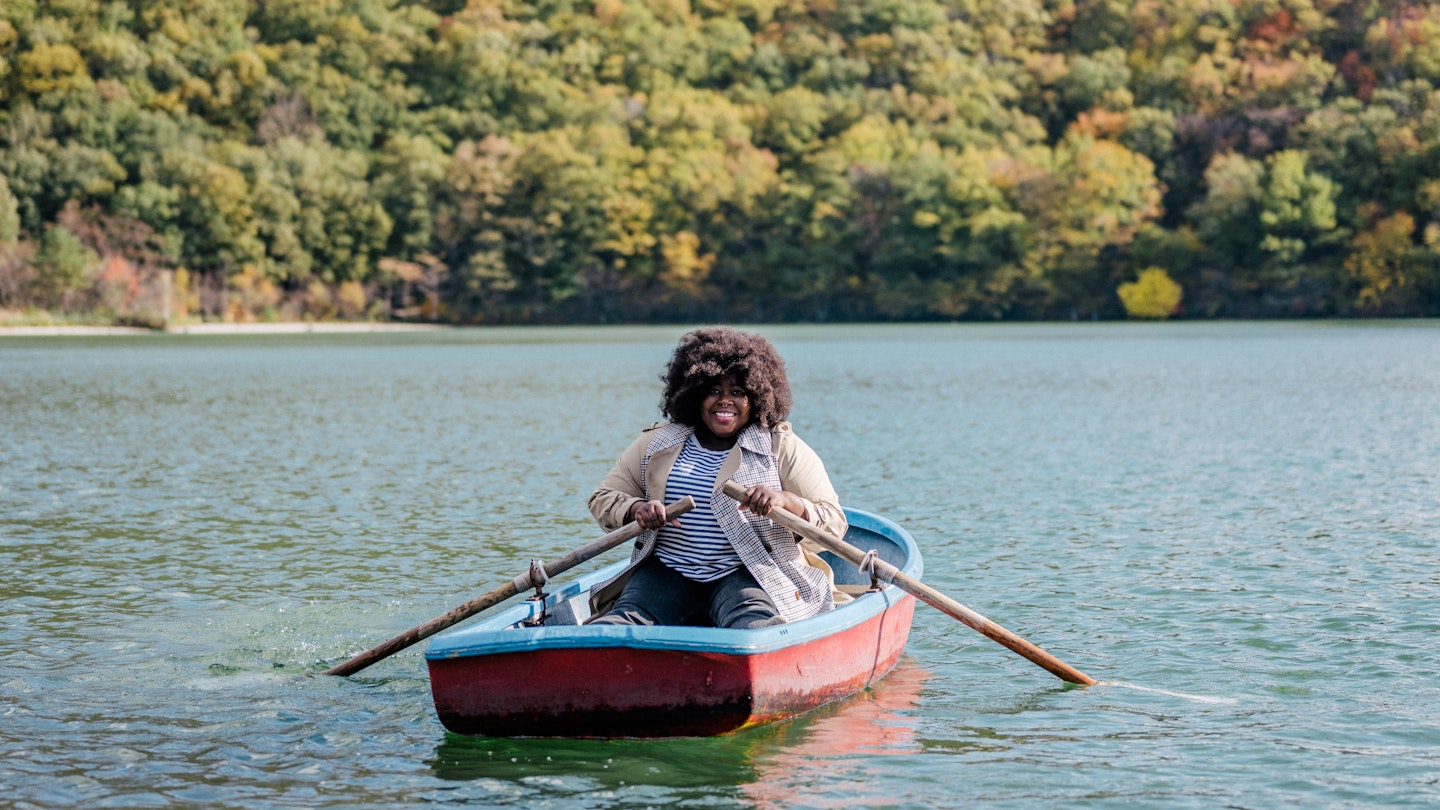Exploring the Beauty of Miyagi Prefecture, Japan
I’ve been dreaming of visiting Japan for years, with visions of gazing upon the gargantuan skyscrapers that dominate Tokyo, staring open-mouthed at a robotic extravaganza while dining, and exploring the distinctive neighborhoods that comprise the capital.
However, venturing outside the city limits to find a tranquilly beautiful landscape never crossed my mind. My debut trip made me realize how much I have yet to learn about this incredible country.
North to Miyagi Prefecture
After one (jet-lagged) day in the big city, I found myself aboard the Shinkansen (bullet train) heading north. Suddenly, the landscape transformed into rolling green hills, vibrant fertile fields, and an incredible spread of picturesque volcanic silhouettes. I ventured 220 miles northeast of Tokyo to the Miyagi Prefecture to understand why this area is immensely popular among Japanese travelers.
Miyagi is located on the Pacific coast in the Tohoku region, with Sendai as its largest city. Notably one of the worst-hit areas during the tsunami in 2011, the region has steadfastly rebuilt over the last eight years. This includes residential areas, urban hubs, beautiful trails, and sightseeing opportunities along the Sanriku Coast, especially in the town of Matsushima. The stunning manner in which the region has been reconstructed—creating beauty from devastation—speaks volumes about the resilience and strength of the people here.
For those seeking a relaxing retreat into nature, while also being spoilt for choice regarding activities, Miyagi is an absolutely wonderful place to start! Read on for highlights from my week in the garden of Japan.
Sendai City
Affectionately known as ‘The City of Trees’, Sendai is the largest urban area in the region, boasting over one million residents. Locals often refer to the area as sumiyasui, meaning ‘easy to live’—it’s not too big, not too small, not too humid, and not too cold. The city center is compact, and one can enjoy retail therapy followed by a meal through a leisurely stroll downtown. I began my journey at the Ichibancho shopping arcade, which spans several blocks and features everything from specialty restaurants serving the local delicacy of gyuu-tan (grilled cow tongue) to high-end boutique stores and fun video-game arcades.
Chasing Waterfalls in Akiumachi
After indulging my shopping desires, I left the mini metropolis to spend the evening in Akiumachi—a town famed for its hot spring onsen baths. A quick soak in one of the nearby foot baths was refreshing after a day of exploration. Walking along the illuminated forest path while listening to the sounds of the river rushing through Rairaikyo Gorge imparted a serene calm and made me feel like I was floating back to my room in a local hotel.
The following day promised more natural delights, including the Akiu Otaki waterfall—a local attraction near the Nikka Whisky Distillery. The tall trees and rustic temple create an atmosphere worlds away from the busy city. A twenty-minute hike along steep stairs leads to a gorge-spanning bridge surrounded by the most beautiful autumnal foliage, revealing the crystal-clear water of the Natori River at the bottom of the gorge. I clearly understood why locals said I had picked the perfect time of year to visit.
The Volcanic Landscape of Naruko
If waterfalls aren’t appealing, consider exploring volcanic lakes! The Katanuma swamp area is known for the Naruko Hot Spring Villages, comprising five villages—Naruko, East Naruko, Nakayamadaira, Kawatabi, and Onikōbe—each brimming with hot springs. Anecdotal tales of the springs’ curative properties make them especially popular among those in search of health benefits. I even had the unique opportunity to row across the Katanuma swamp, one of the most acidic bodies of water in the world due to natural levels of sulfur—an incredible and memorable moment!
As I made my way back to the hotel for a much-deserved onsen break, the difficulty in keeping my camera in its bag was palpable, as everything was breathtakingly beautiful. The autumn foliage surrounding the rolling hills needed to be documented. I later reflected on my earlier tour of the Jigokudani Walking Path, also known as Hell Valley, where burbling hot springs and clouds of steam gush from the earth—a beautiful hidden gem within the Onikobe Onsen district, close to the Japan Kokeshi Museum.
In conclusion, Sendai serves as the perfect gateway to the entire Tohoku region. You can reach it via a bullet train from Tokyo or through Sendai airport. The adventure begins here, with something for everyone—this could be the best part of Japan that you never knew about!
Stephanie Yeboah travelled to Japan with support from the Tohoku Tourism Promotion Organization.




